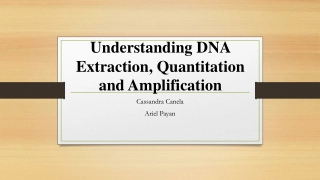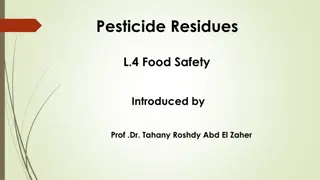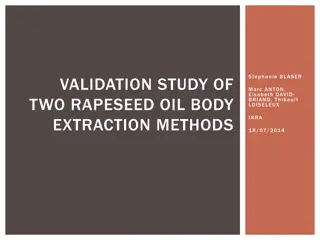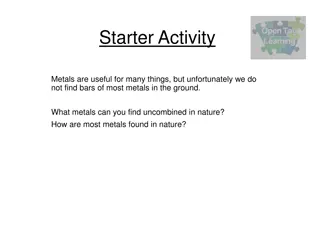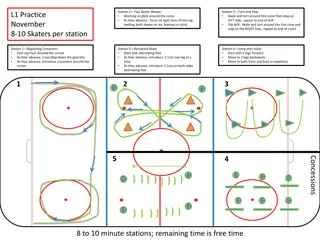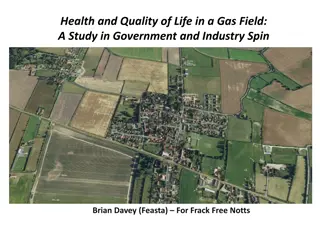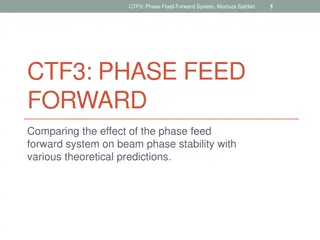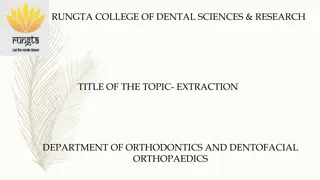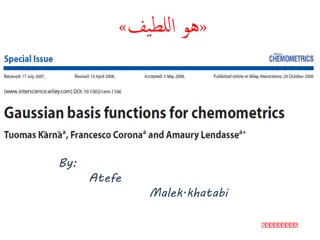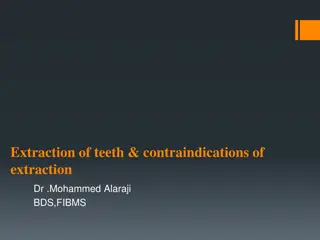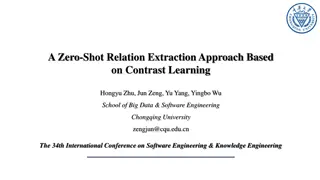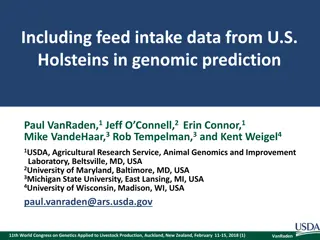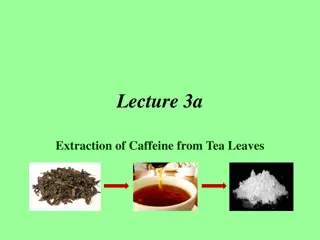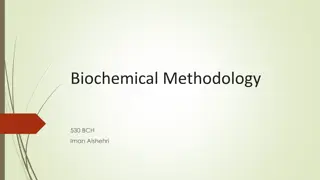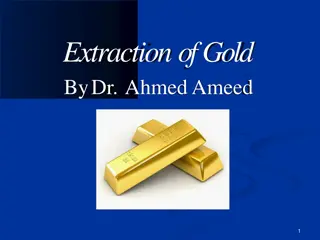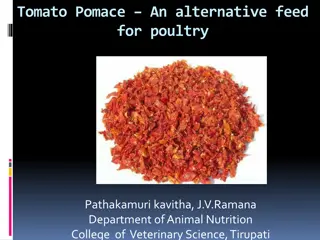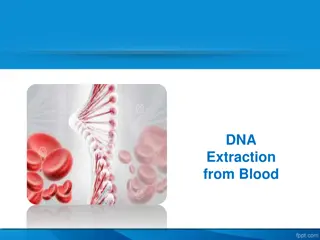Noil Extraction Theory: Geofauf Forward and Backward Feed Methods
Noil extraction theory involves Geofauf forward and backward feed methods for processing fibers in textile manufacturing. Forward feed involves feeding the sheet into the nippers while moving towards the detaching rollers, while backward feed feeds the sheet during the nippers' return. The process includes combing out fibers longer than a specified length to separate into combed sliver and noil, with specific steps during detaching and combing cycles.
Download Presentation

Please find below an Image/Link to download the presentation.
The content on the website is provided AS IS for your information and personal use only. It may not be sold, licensed, or shared on other websites without obtaining consent from the author. Download presentation by click this link. If you encounter any issues during the download, it is possible that the publisher has removed the file from their server.
E N D
Presentation Transcript
NOIL EXTRACTION THEORY- Geofauf Forward feed It implies that feeding of the sheet into the nippers occurs while the nippers are moved toward the detaching rollers. Backward feed It implies that feeding of the sheet occurs during return of the nippers. The triangular areas represent stylized staple diagrams. Noil Elimination with Backward Feed During the detaching stage the nippers are located at their closest spacing relative to the detaching rollers (Fig. 1), which draw off all fibers extending to the nip line, i.e. all fibers longer than E. This length E can be entered in the staple diagram (Fig. 2) as a line m-n. All fibers to the left of the line m-n pass into the combed sliver (hatched area AmnC).
As the nippers retract towards the combs, the feed roller shifts the fiber fringe (initially with length E) forward through feed amount S. The fringe projecting from the nippers is now presented to the circular combs with length E + S (Fig. 3). All fibers shorter than E + S are carried away by the circular combs because they are not clamped and pass into the noil. In the staple diagram (Fig. 2), this length can be entered as line q-r. In this stage all fibers to the right of the line q-r are combed out into the noil (area qBr). Fig. 1 Position of the nippers relative to detaching rollers at the closest approach backward feed Fig. 2 Combing out with backward feed
In the region qmnr it is therefore a matter of chance whether the fibers remain in the fringe or pass into the noil. Accordingly, a division can be made based on the mean fiber length represented within this area, and it can be assumed that the trapezium AopC represents fibers transferred to the combed sliver and the triangle oBp represents those passing into the noil. The dividing line between these areas has length E + S/2. Since in similar triangles the areas are in the same ratio as the squares of the sides, and since the noil percentage is based on the ratio of weight of waste to weight of feedstock, the following relationship can be assumed:
Noil extraction with forward feed After the detaching stage has been completed, all fibers longer than E have been carried away with the web. Since there is no feed step during the return stroke of the nippers, the fringe is presented to the circular combs with length E. During the following combing cycle all fibers shorter than E pass into the noil; this is represented in the staple diagram (Fig. 5) by the area qBr. Fig. 4 Position of the nippers relative to the detaching rollers at the closest approach Fig. 5 Combing out with forward feed
Feed occurs during the subsequent forward stroke of the nippers, during which the fringe is increased in length by the distance S. At the next stage, that of detaching, the detaching rollers take at least all fibers longer than E (Fig. 4, fibers a) into the combed web. However, as feeding occurs at this stage, fibers b of the original length (E - S), i.e. shorter than E by the feed amount, are now moved forward to the nip line by feed through distance S. That is why fibers longer than (E - S) are now carried away into the combed web, and trapezium AmnC represents these fibers. In this case also, the figure qmnr can be divided according to the mean fiber length by the line op (E - S/2).
The quality of the combing operation From the preceding section it will be seen that with forward feed not only will shorter fibers be passed into the combed sliver (E - S instead of E), but also the quality of the combing operation itself must be different (Fig. 5). Consider a fiber having a trailing end laying just in the bite of the nippers: During the forward movement of the nippers, with forward feed, this fiber passes into the combed web without any change, because the feed roller pushes it out of the nippers. In backward feed of combing, this fiber will stay in the feedstock, because no feeding occurs during forward movement of the combs; the fiber is then nipped while projecting with the hook inside the nippers and combed once again Therefore, if backward feed is used, the circular combs rake through the fibers more often, so the quality of the combing operation is increased. This shows up in the elimination of impurities and neps. However, the difference is hardly detectable in modern high-performance machines of the latest generation.


